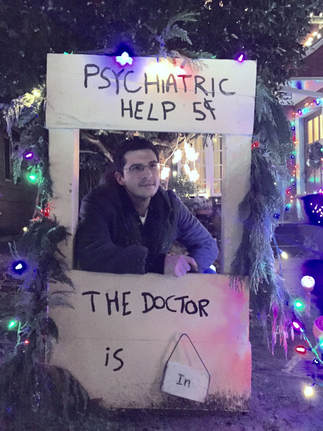|
"The destination of life is this eternal moment."
- Alan Watts
0 Comments
"To enjoy bodily warmth, some small part of you must be cold, for there is no quality in this world that is not what it is merely by contrast. Nothing exists in itself. If you flatter yourself that you are all over comfortable, and have been so a long time, then you cannot be said to be comfortable any more."
- Herman Melville, The Whale "We cannot be more sensitive to pleasure without being more sensitive to pain."
-Alan Watts "To have faith is to trust yourself to the water. When you swim you don't grab hold of the water, because if you do you will sink and drown. Instead you relax, and float."
- Alan Watts "Not what we have but what we enjoy, constitutes our abundance."
- Epicurus "No work or love will flourish out of guilt, fear, or hollowness of heart, just as no valid plans for the future can be made by those who have no capacity for living now."
-Alan Watts "The ability to observe without evaluating is the highest form of intelligence."
-Jiddu Krishnamurti "It is in our idleness, in our dreams, that the submerged truth sometimes comes to the top."
-Virginia Woolf "Rats. Nobody sent me a Christmas card today. I almost wish there weren’t a holiday season. I know nobody likes me. Why do we have to have a holiday season to emphasize it?"
-Charlie Brown from "A Charlie Brown Christmas" For all you "Peanuts" lovers, hope your holidays are enjoyable and recharging. This photo is just a reminder that, if they aren't, the "doctor" is in. Feel free to reach out for a consultation. Although, this picture is a little misleading in regards to my rates, I'm confident that you will discover that therapy is worth the investment. "Both what you run from and what you yearn for are within you."
-Anthony De Mello |
Proudly powered by Weebly

 RSS Feed
RSS Feed